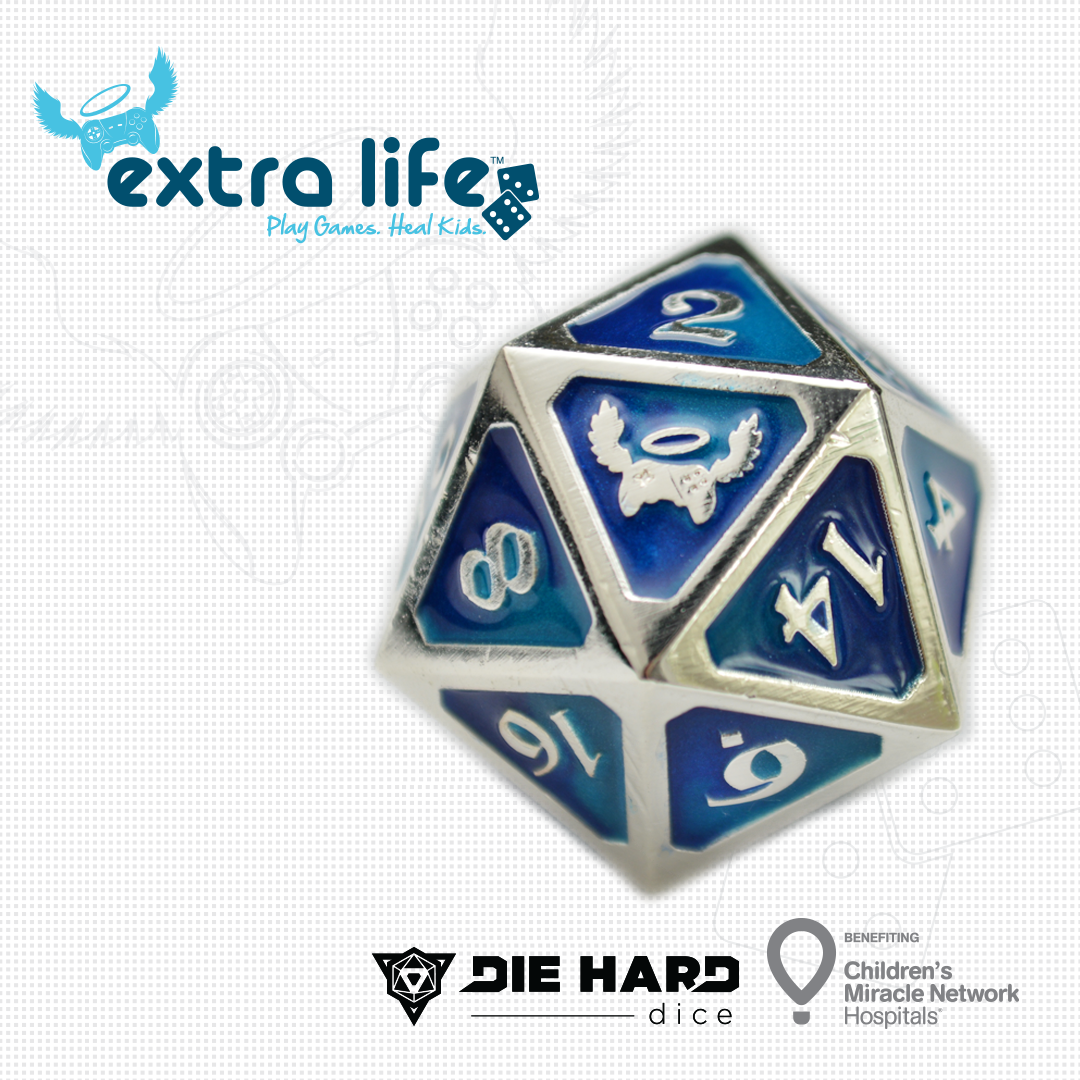Where Did the d20 Come From?
We’ve talked a lot about tabletop gaming here over the years, but how much do we know about where some of the literal building blocks of the medium came from? Throughout history, humans have been using dice of varying sizes for all manner of games. And recent evidence has shown that the history of the icosahedral die, the legendary 20-sided die (d20) popularized by Dungeons & Dragons, goes back far longer than one might suspect. If you thought that the d20 emerged in the 1970s, you’re off by at least a few thousand years.

Games of chance have relied on dice for a very, very long time. The earliest known dice were discovered in Turkey dating back to around 3,000 BCE. These dice were found along with playing pieces related to some game now lost to time. Egyptian hieroglyphics dating from even earlier depict games like Senet that relied on 2-sided playing pieces, though whether those might count as dice is up for debate.
When talking specifically about the d20, however, the earliest one ever found dates back to 300 BCE, roughly around time Ptolemy I Soter, companion and chronicler of Alexander the Great, began the Ptolemaic dynasty in Egypt. The die remains in remarkable condition despite the passage of time and displays clear numerals written in Greek. The second oldest d20 on record was traced back to Rome circa 100 AD.
Despite the millennia long history of the d20, the icosahedral die remained at the fringes of gameplay for many long centuries until the rise of wargaming as a hobby. Wargaming relied on recreating historical battles by building models and miniatures and properly placing soldiers on the terrain. It was originally conceived as a way to train Prussian officers in battlefield tactics, but became popular among a niche members of society. One of the major hurdles for wargamers was the fact that they relied on statistics to recreate battles, but the widely available 6-sided die wasn’t able to accommodate a full enough range of probability to be effective. However, a d20 neatly solves that problem short of having a die with 50 or 100 sides.
One of the many games to use the d20 to statistically recreate combat was Jeff Perren and Gary Gygax’s Chainmail. Chainmail offered players a system to use in order to recreate medieval combat and it became the basis for the 1974 release of Dungeons & Dragons. While the d20 played a large role in original D&D and its subsequent editions, it wasn’t until 2000 when Wizards of the Coast formalized the d20 System for Dungeons & Dragons third edition that the die became elevated as the core of the entire game. Prior to the d20 System, D&D had earned a reputation for being impenetrable to all but the nerdiest newcomers thanks to complicated hit tables, attacking mechanics, and other esoteric systems. Since then, the d20 has remained at the heart of D&D, becoming practically synonymous with the tabletop RPG experience.
In the thousands of years the d20 has existed, it has never been more popular than right now. That makes the present the perfect time for Extra Life to invite you and your friends to help make a new piece of d20 history. We have unveiled a new incentive tier at $75 USD and anyone who hits that tier will be sent the first ever limited edition official Extra Life d20! Get out there, raise money to help local kids, and get yourself the kind of keepsake that might just last a few thousand years!
Don’t forget to sign up for Extra Life to help sick and injured kids in hospitals around the US and Canada by playing games!







